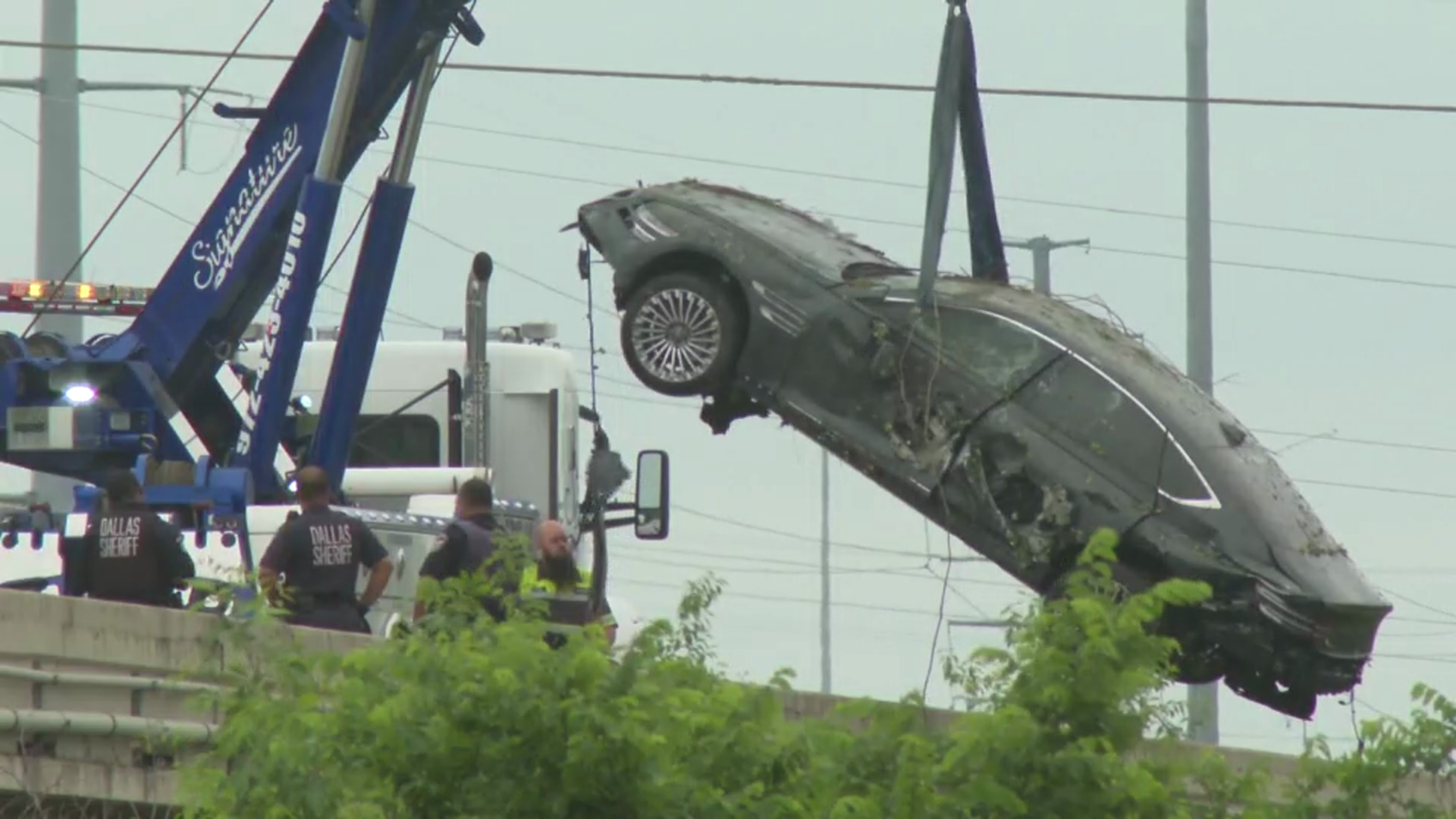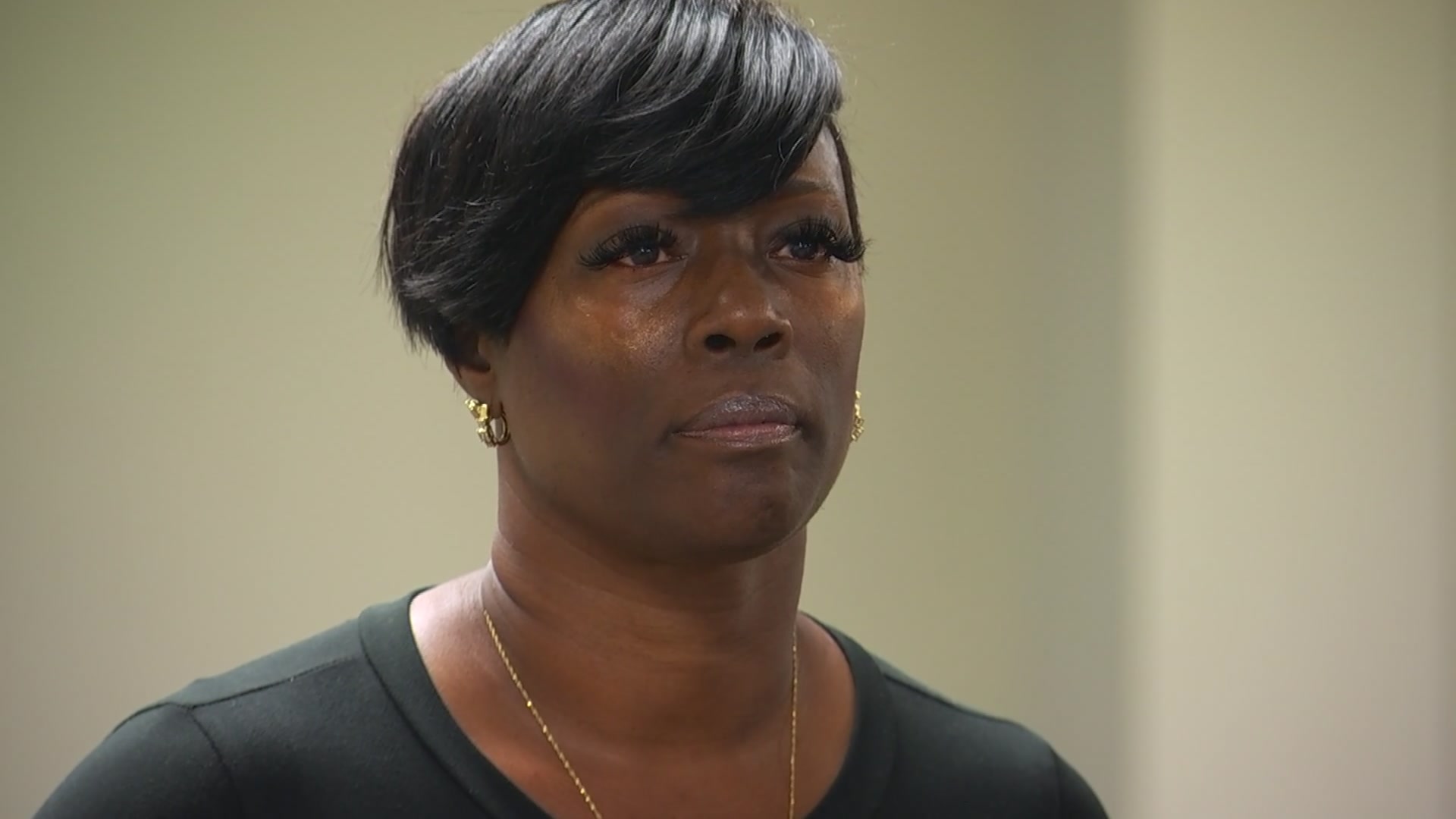![[tint-NBC_DFW] [EXTERNAL] Bluebonnet Photos](https://media.nbcdfw.com/2022/04/297022.jpeg?quality=85&strip=all&resize=320%2C180)
As the warmer season approaches and the bluebonnets bloom, wildlife experts urge Texans to keep an eye out when enjoying the Lone Star State's flower.
Whether you're taking pictures or relaxing in the patches, it's better safe than sorry when it comes to double-checking for any snakes slithering through the tall-growing flowers.
It is common for snakes of all sorts to appear during the spring and summer months. If it's cooler, they may be out on rocks or pavement looking for warmth. If it's warmer, snakes will seek shade and find cover near rocks, fallen limbs or tree trunks. Children and adults alike should be warned not to move limbs, rocks or storm debris that a snake might be using for cover.
Matt Morris with Balanced Canine in Midlothian says he found four copperhead snakes when looking through his yard.
Get DFW local news, weather forecasts and entertainment stories to your inbox. Sign up for NBC DFW newsletters.

"I do a sweep of the yard each night to look for copperheads so no client dogs or my daughter are exposed to them," said Morris. "I just make it a habitat in the warm months."
Snakes will generally warn you before they strike and even if they bite they don't always inject venom. Still, with any bite, it's best to remain calm and get to a hospital as quickly as possible.
Local
The latest news from around North Texas.
WHAT TO DO WHEN A SNAKE IS NEAR:
It is especially good practice to be careful as rain increases in the area and forces snakes to come out and seek shelter. Here's what to do just in case:
- Stay calm: Moving too fast can cause the reptile to react and bite your lower body
- Keep your distance, if you hear rattling move away from the area
- Keep your lawn cut low and remove brush or debris
WHAT TO DO IF YOU'RE BITTEN:
If you've been bitten by a snake, here is what the CDC recommends.
- Seek medical attention as soon as possible (dial 911 or call local Emergency Medical Services [EMS]).
- Antivenom is the treatment for serious snake envenomation. The sooner antivenom can be started, the sooner irreversible damage from venom can be stopped.
- Driving oneself to the hospital is not advised because people with snakebites can become dizzy or pass out.
- Take a photograph of the snake from a safe distance if possible. Identifying the snake can help with the treatment of the snakebite.
- Keep calm.
- Inform your supervisor.
- Apply first aid while waiting for EMS staff to get you to the hospital.
- Lay or sit down with the bite in a neutral position of comfort.
- Remove rings and watches before swelling starts.
- Wash the bite with soap and water.
- Cover the bite with a clean, dry dressing.
- Mark the leading edge of tenderness/swelling on the skin and write the time alongside it.
Experts say if you are bitten by a snake you should always seek medical attention especially if a child, older adult, or anyone with a compromised immune system is bitten.
If you have been bitten by a snake, contact 911, go to an emergency room, or call the National Poison Control Center at 1-800-222-1222 for help.
WHAT NOT TO DO IF YOU'RE BITTEN:
If you've been bitten by a snake, the CDC recommends you DO NOT do the following things.
Do NOT do any of the following:
- Do not pick up the snake or try to trap it. NEVER handle a venomous snake, not even a dead one or its decapitated head.
- Do not wait for symptoms to appear if bitten, get medical help right away.
- Do not apply a tourniquet.
- Do not slash the wound with a knife or cut it in any way.
- Do not try to suck out the venom.
- Do not apply ice or immerse the wound in water.
- Do not drink alcohol as a painkiller.
- Do not take pain relievers (such as aspirin, ibuprofen, naproxen).
- Do not apply electric shock or folk therapies.



